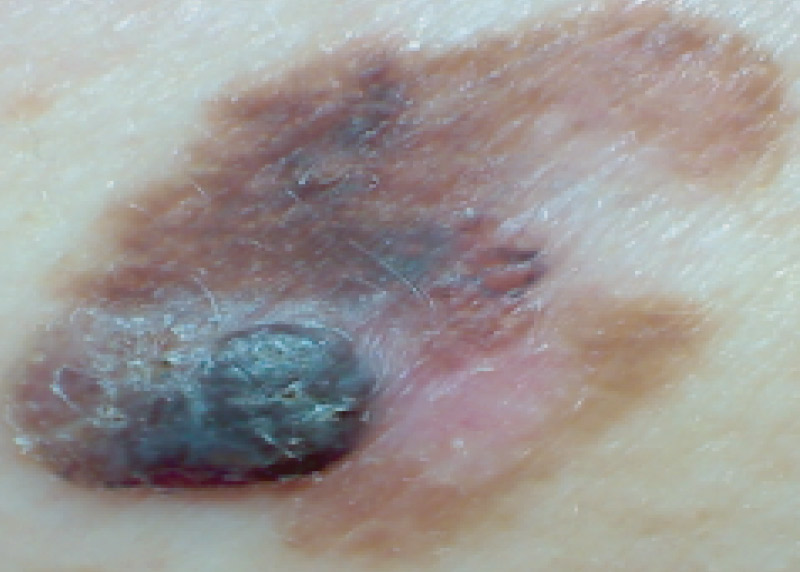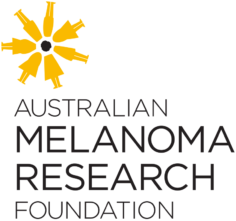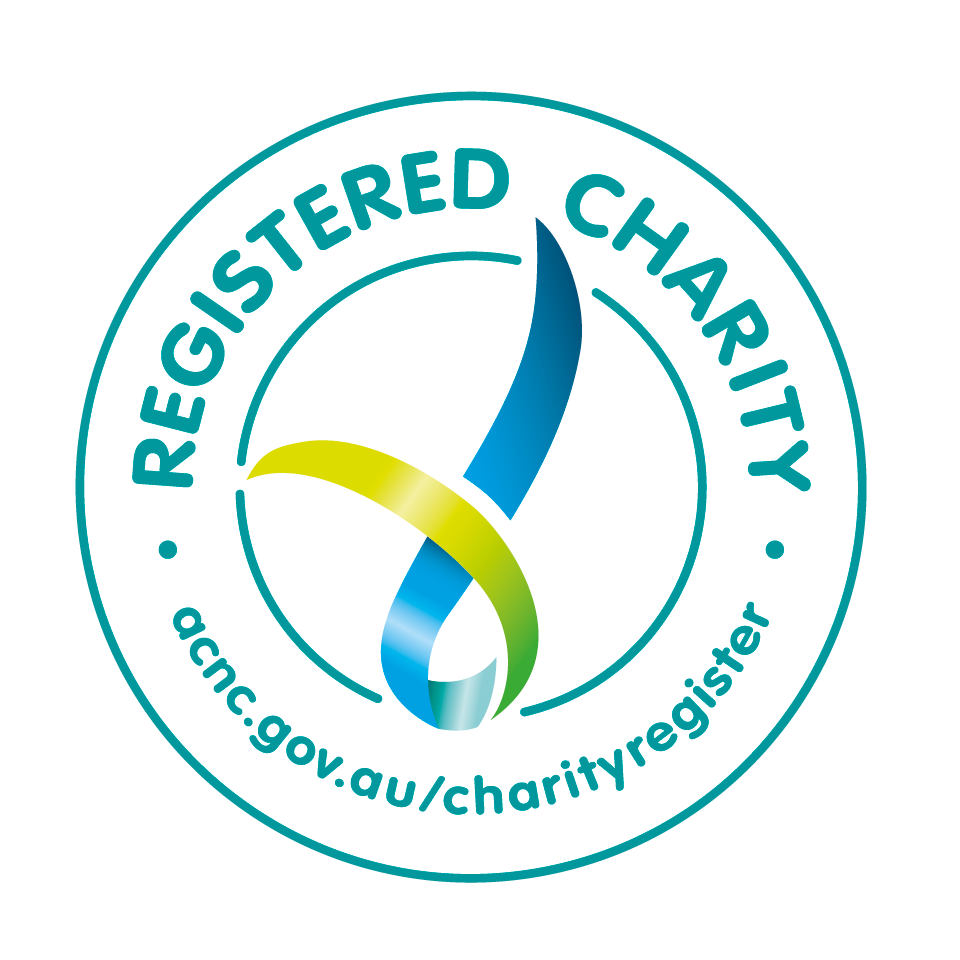What to look for
Melanoma is one of the three main types of skin cancer and begins in the cells of the skin called melanocytes. Melanocytes produce a dark pigment (melanin) which helps protect the deeper layers of the skin from ultra violet radiation (eg. sunlight).
It is very important to check your skin regularly in order to detect any changes in the SIZE, COLOUR or SHAPE of a mole or skin lesion.
Please remember that many melanomas are found on the back, neck, scalp and behind your ears, nostrils lips, toenails and fingernails, in fact a lot of areas that may not be exposed to the sun… even the soles of your feet!
Some places are easy to check, but checking the back of your body, including under the arms, buttocks, lips and nostrils is more difficult, so we encourage you to ask your partner to help you. And don’t forget to book in for a yearly skin check with a professional.
Examples of melanoma
An easy way to detect potentially harmful moles or lesions is by using the ABCDE guidelines. Consult your doctor or skin specialist if you notice any of the irregularities below.

A - Asymmetry
One half doesn’t match the other.

B - Border
Edges are irregular or ragged.

C- Colour
Not the same all over or has changed.

D - Diameter
Size has changed.

E - Evolving
Change in size, shape, colour, elevation or itching, bleeding or crusting.
Melanoma is the most severe type of skin cancer. It begins in skin cells called melanocytes. Melanocytes are the cells that make melanin, which gives the skin its colour.
Yes. In fact, everyone is at risk, as we are all exposed to the sun. Due to variations in skin types, some people are more at risk than others.
Prevention
Your exposure to ultra violet (UV) light from the sun is one of the major risk factors for melanoma that you can control. UV levels are highest in summer, late spring and early autumn.
UV levels are not dependent on the temperature or cloud cover. A colder, cloudy day will still have high UV levels in summer. The following tips can help prevent melanoma…
Catching a melanoma in its early stages is one of the most important factors in improving the outcome of a melanoma diagnosis. It can literally SAVE A LIFE.
Why is catching it early so important?



